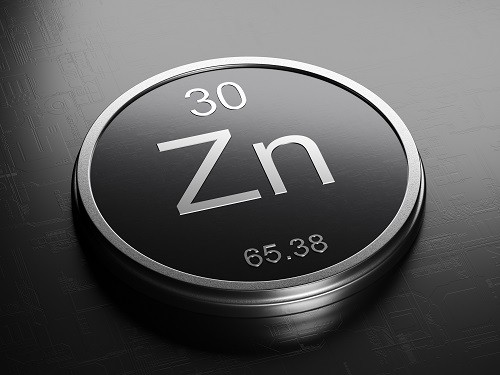
Zinc plating is a surface treatment process that involves the deposition of a thin layer of zinc onto a metal substrate. The zinc coating provides a protective barrier that helps prevent corrosion and other forms of degradation and enhances the appearance of the metal part.
The zinc plating process typically involves several steps. First, the metal part is cleaned and pre-treated to remove impurities like oil, grease, or rust. Next, the part is immersed in a solution containing a zinc salt, such as zinc chloride or zinc sulfate, along with various additives that help to control the plating process and the properties of the resulting coating. An electrical current is applied to the solution, which causes the zinc ions to be deposited onto the surface of the metal part, forming a thin layer of zinc.
The thickness of the zinc coating can vary depending on the specific application, but it typically ranges from a few microns to several tens of microns. Thicker coatings can provide greater protection against corrosion but also tend to be more expensive and can affect the dimensional tolerances of the part.
Zinc plating is commonly used on a wide range of metal parts, including fasteners, automotive components, electrical connectors, and household appliances. The benefits of zinc plating include improved corrosion resistance, increased durability, enhanced appearance, and better paint adhesion.
Please reach out to Triplex Plating to hear how we can help you with your next zinc plating project.

